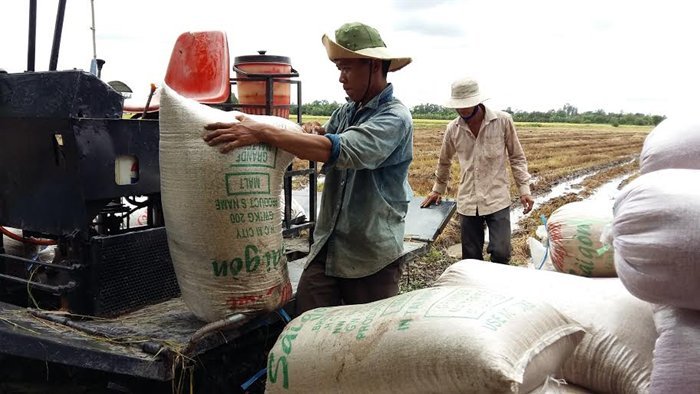|
Japonica rice considered for national
brand development
The

Under the plan to develop the brand
by 2020, three varieties have been chosen for consideration, including
Jasmine rice, scented rice and a sticky rice specialty. However, VFA has
suggested that Japonica should also be considered.
VFA’s secretary general Huynh Minh Hue said there were two reasons behind the association’s decision. First, the market demand for Japonica rice is relatively high. And second, “We have heard that 10,000 hectares of Japonica rice were grown in the provinces of Kien Giang and An Giang last crop and the sales were very satisfactory. This shows that we are capable of growing Japonica in our conditions,” he said. Hue, who went on a business trip to Yunnan province indit China some days ago with officials from the Ministries of Industry & Trade (MOIT) and Agriculture & Rural Development (MARD), has found that the demand for Japonica rice in the Chinese province is relatively high. The provincial rice center needs up to 1.4 million tons of Japonica rice a year. “We were told that 70 percent of the demand in the locality is for Japonica and the other 30 percent is for long-grain rice,” he said, adding that he and other officials had the opportunity to visit a rice market. A rice exporter said he agrees with “With the Trans Pacific Partnership Agreement (TPP) signed, “In fact, Japanese companies have visited Under the plan on developing MARD’s Deputy Minister Tran Thanh nam said that TBKTSG |
Thứ Bảy, 31 tháng 10, 2015
Đăng ký:
Đăng Nhận xét (Atom)
Không có nhận xét nào:
Đăng nhận xét